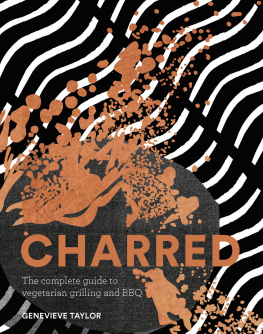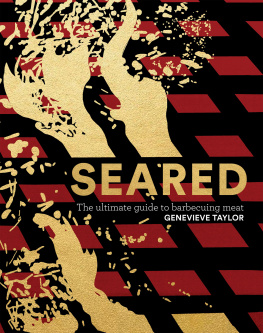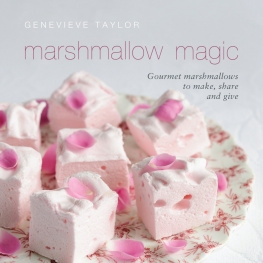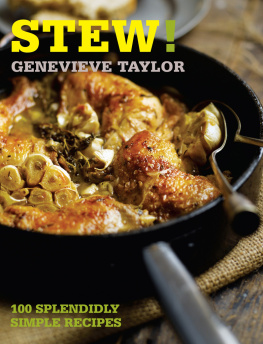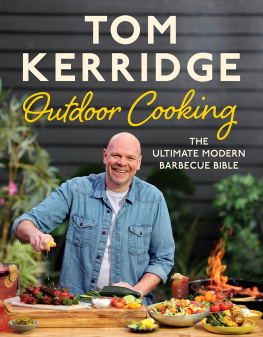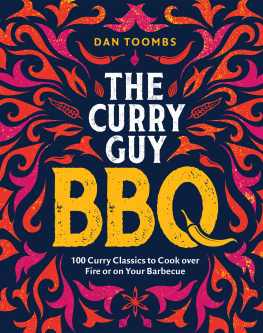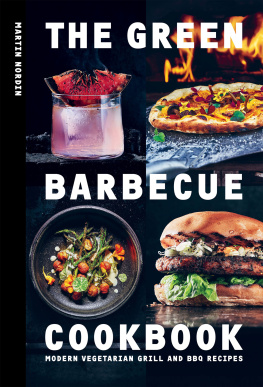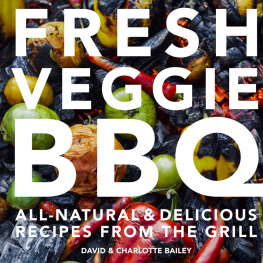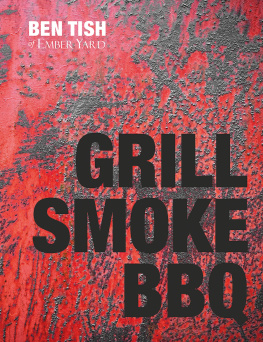
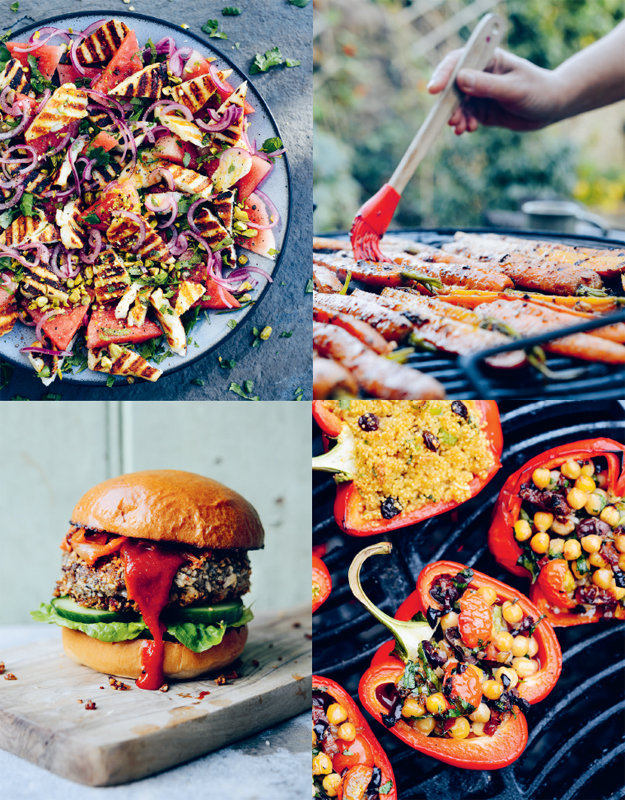
Welcome to CHARRED, a rather useful collection of easy and colourful grilled vegetable recipes. As a passionate omnivore, my overriding desire with this book was simply to explode the myth that good barbecue has to be all about Man vs. Meat.
Barbecuing as a way of cooking, and indeed as a way of life for some, is on an exponential rise. Cooking over fire at home has never been more popular, and the British competition barbecue scene is flourishing. Running alongside that, the appetite for eating more veg and less meat is huge, as we realise its better for both our planet and our bodies if we make our diets a little less carnivorous.
Up until now, inventive vegetarian barbecue recipes have failed to hit the mainstream with any great impact and are often limited to corn on the cob and halloumi, perhaps with a little damp coleslaw nestled alongside. Not that there is anything wrong with either, and indeed there are several delicious recipes for both within these pages, but really, grilled sweetcorn plus a rather addictive cheese are just the very cusp of what is possible. Within these pages, I hope to show you that the taste of pretty much any vegetable you can think of can be elevated by a little fire and smoke.
When you cook over a grill or griddle, some sort of magic happens: flavours intensify, surfaces caramelise and edges get irresistibly crisp and charred. Plus, the whole theatre around this way of cooking can only add to the experience. Dont take my word for it; there is plenty of geeky science behind what we all instinctively know that fire basically makes things taste better. The high heat of the grill or griddle causes intense caramelisation of sugars and also causes the aroma- and flavour-enhancing Maillard reaction. This chemical reaction between amino acids and sugars is definitely not limited to the cooking of meat. Carrots, cauliflower, sweet potatoes, onions, sweetcorn, broccoli, mushrooms and so many others are capable of the Maillard reaction given the right temperatures.
My favourite place to cook is outside, and this is where I head given every opportunity. Freeing myself from the shackles of the kitchen and getting out into the fresh air is irresistible, and besides, who can deny that food tastes better when eaten outside? However, as we all know, the weather can be inclement, and while I enjoy barbecuing all year round its a rare winters night that would find me outside in the cold and dark. So with that in mind, as many of these recipes as possible have been designed and tested on a griddle pan on the hob as well as on a barbecue in my garden.
Not all the recipes will work on a griddle pan. For some, particularly those from the Low, Slow and Smoked and the Stuffed and Wrapped chapters, you will need to get outside and get the barbecue lit. Look out for the or symbol on each recipe to see where its best cooked. A good, hot oven could also be used for a few of the stuffed vegetables (look for the symbol), but you obviously cant add that element of smoke that adds so much in the flavour department.
Conversely, not all these recipes are natural candidates for cooking outside the more delicate fritters and bean burgers actually benefit from being cooked in a frying pan with a more generous amount of oil those delicious crisp edges cannot be achieved with heat alone. But there is absolutely nothing to stop you taking your frying pan to the fire and cooking them outside. I do this often, for all the same reasons I like grilling on my barbecue.
So, delve into CHARRED. I hope within its pages you will find much inspiration for broadening your barbecue repertoire. Do find me on social media, ask me questions and share your vegetable-meets-fire creations.
Happy grilling!
@GenevieveEats

Cooking on a barbecue requires more intuition than cooking inside on a hob. Various factors will affect success the fuel you are using, the humidity in the air, how windy it is, to name but a few so you need to learn to go with the flow a little more and adopt a done-when-its-done attitude. I often think this is why there has been a huge surge recently in professional chefs embracing live fire cooking. It adds another level of challenge: you need to learn to work with your fire, and to a certain degree theres no technology that can help with that; it just comes with practice and a certain amount of confidence. And barbecue cooking is all the more enjoyable for it.
Equipment
I like to keep things simple in the cooking department and prefer to operate with the minimum of equipment and gadgetry. However, there are some bits of kit that are invaluable. Here are a few of the things I just wouldnt be without:
A barbecue
Obviously the number one item you need (although do see , overleaf), and you can go gas or you can go charcoal. There is a bit (actually, rather a lot) of snobbery about using gas among the barbecue community, which I can understand to an extent. Certainly gas doesnt give you that all-round elemental fire thing that is the main draw for barbecue fans. However, the simple fact of the matter is you can get great results from gas grilling. As something of a barbecue addict I have both in my garden, tending to veer towards the convenience of the gas grill if its cold and wet and I just want to cook something super-fast and head back inside to eat it. I much prefer using my charcoal grill the enjoyment factor is definitely higher and its my go-to option.
The main thing, whether gas or charcoal, is to get a barbecue with a lid, as you then have the option to use it like an oven the heat stays in and you cook all round the food rather than just searing the underside.
The fuel
If youve chosen gas, gas is pretty much gas, but with charcoal there are a few factors to consider. Try to avoid mass-produced charcoal from a garage or supermarket if you can. This often contains chemicals to promote speedy lighting and these can taint your food. Really, with the right technique (see , overleaf) there is absolutely no need for any fire-lighting accelerants in your charcoal. I would urge you seek out a good lumpwood charcoal, made in an environmentally friendly way with minimal energy input and from sustainable, ecologically sound sources. Making charcoal is an ancient skill that, if done properly, promotes ecological diversity within woodland habitats, so you can feel good about burning it. Finally, with decent lumpwood charcoal its fine to add the odd lump now and then during cooking to keep the fire going steadily (if you are smoking over a long period of time, for example). You cant do this with cheaper charcoal or briquettes, as they need to be burned to embers before they get near food.
I either buy my fuel online from the excellent Oxford Charcoal Company, or I pick up bags of artisan charcoal from small local producers when Im out and about on my travels.
A chimney starter
This is the simplest and most efficient way to get your charcoal lit, and once youve invested in this cheap bit of kit I guarantee you wont look back. Its a simple metal cylinder with air holes and a grill towards the base, and you just fill it up with charcoal, set it on the grill bars, place a firelighter and a sheet or two of scrunched-up newspaper under the base, and light it. Within 10 minutes or so youll have a whole heap of hot coals at your disposal. Use heatproof gloves to upend these into your barbecue, distributing them to suit your cooking technique (see , below). You can also use a chimney starter to cook up extra batches of fuel to add to the barbecue if you are doing a long cook; just be sure to set it on a heatproof surface. I use an old flagstone.

